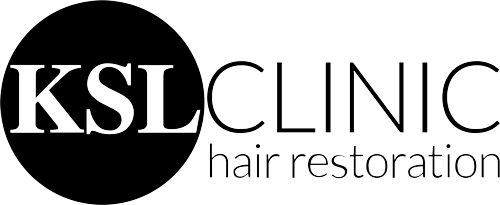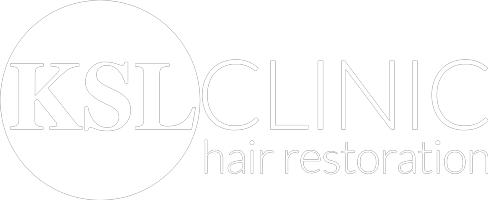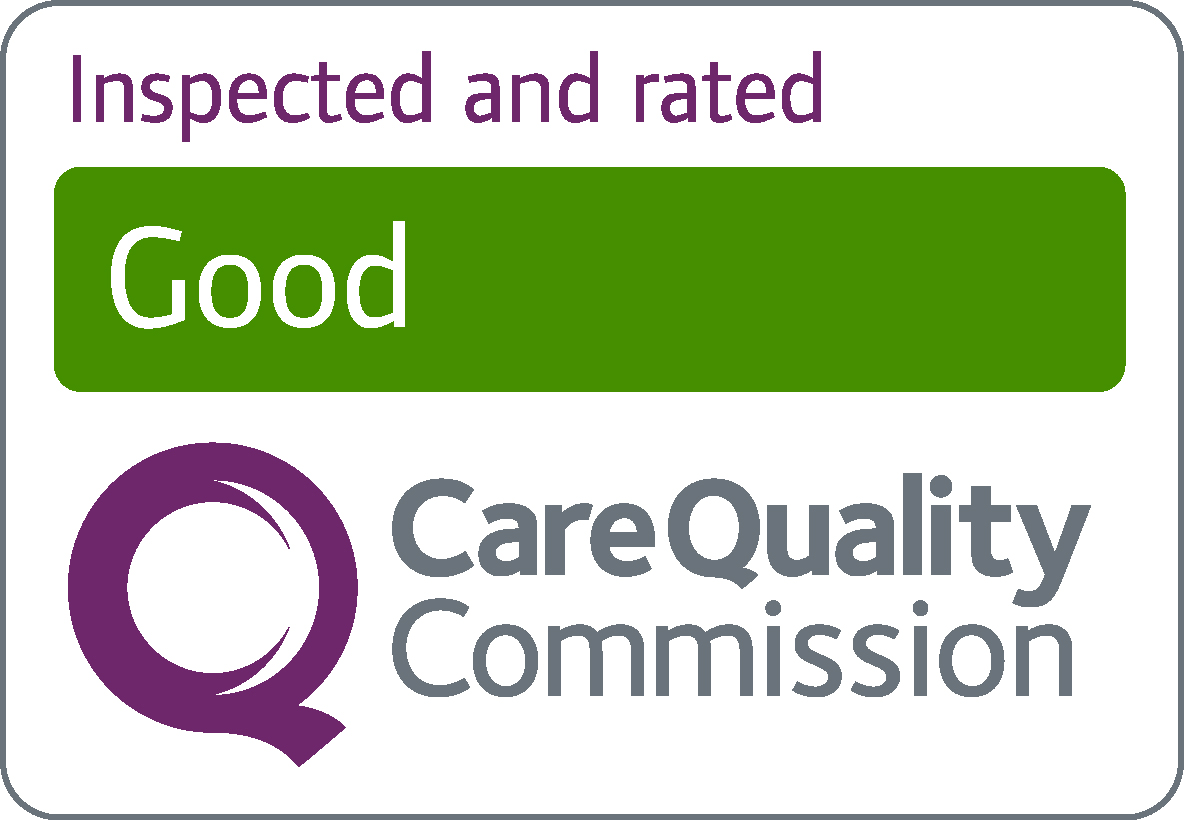Causes of Hair Loss in Women
For a woman, losing your hair can be particularly difficult, especially with the social stigma surrounding females going bald. However, female hair loss is actually quite common, with around 50% of women over the age of 64 experiencing female-pattern hair loss / baldness.
Reasons for hair loss in women:
- Ageing
- Changes in the levels of androgens (male hormones) e.g. after reaching menopause, many women find their hair thinning
- Family history of female or male pattern baldness
- A result of extreme physical and/or mental stress
- 50% of women lose more hair than usual after giving birth
- A side effect of chemotherapy or major surgery
Female pattern hair loss can be identified with hair thinning on the top and crown of the scalp, which usually begins with a widening of the centre parting. This is caused by the hair follicles gradually getting smaller and finer until the hair stops growing altogether.
Talk to KSL Today
We understand that hair loss in women and indeed men is a distressing issue, which is why our team of specialists endeavour to provide you with superior procedures for your hair restoration. At KSL we offer you high quality services to ensure you always get the best hair restoration results possible, so feel free to get in touch with us today on 0800 023 4050 and start the journey with hair transplants for eyebrows and womens hair transplants to get you back to your best.
Are you interested in finding out more about hair loss in men? If you are, why not visit our male hair loss page to find out more about the causes and types of male baldness, alongside the hair loss treatments we offer to tackle this hard and fast, achieving some great hair restoration results for our clients.


